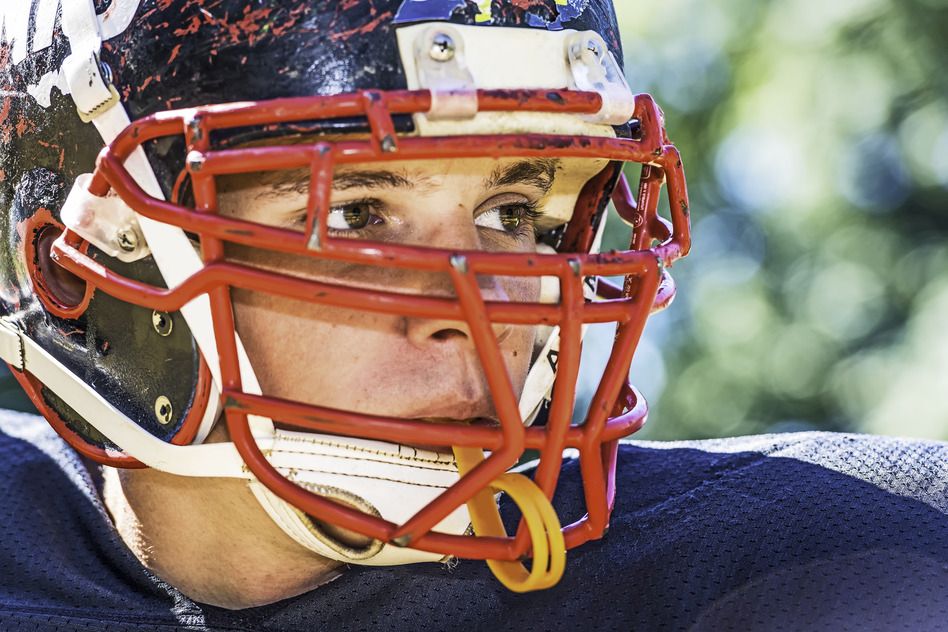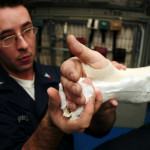What does pro football have to do with law school and personal injury law? More than you might think.
Law Schools Begin Concussion Courses
On April 13, the New York Times reported that George Washington University’s law school will soon offer a course devoted solely to the legal implications of traumatic brain injury. Why? It was the concussion crisis that is affecting the N.F.L. that caught the attention of the law school.
To the personal injury lawyer, this is an interesting development since most law school classes are focused on theory or on practice, but this traumatic brain injury course is going to include much greater detail in areas such as expert examinations, third-party observers, and the admissibilty of testimony.
To the sports fan this is an alarming trend. We’ve known for a few years now that players are experiencing problems – sometimes severe – because of the repeated impacts their heads get during games. But the devotion of an entire law school course to this single subjects would seem to indicate that the U.S. Justice System is getting much more serious about protecting the rights of our athletes. More recently, Judge Anita B. Brody is standing in the way of a $765 million dollar head injury settlement between 4,500 NFL retirees and the league, saying she’s not convinced it’s enough.
It makes us all wonder, how will all these legal and medical developments affect our student athletes and our favorite pastimes?
The Lystedt Law
In 2011, Maryland passed House Bill 858, which, similar to Washington State’s “Lystedt Law,” includes a section which describes how youth athletes must be better protected and informed about the dangers of concussions. The law requires, among other things, that a player is removed from play if he or she has experienced a head injury. The N.F.L. pushed hard for every state to pass their own version of this law.
However, the Lystedt Law raises further questions. Who is qualified to identify a head injury? If a league enforces this standard does that mean they’re taking responsible for the health of their players, and thus are liable for injuries? Will your local school’s coaches be willing to stand up to administrators and parents by removing students from games? Will students have the courage to admit to pain and injury?
Michael Kaplan, who will be teaching the course at Washington University, calls football a “Concussion Delivery System” and claims the link between football and brain damage is undeniable.
Players Challenges
One of the big problems players face is proving that concussion they experienced during play led to whatever their current problems are. For example, if a student waits years to report the pain and injury he has experienced ever since playing for the local high school, it will be difficult to find recourse.
Will students have the guts to go to their coaches and say “I’m hurt?” Will coaches have the courage to take a student out of the game and not punish him or her for not being there for the team?
The Ice is Melting
Local and national leagues are finally embracing the truth that brain injuries are a big part of football. It has taken decades and congressional investigation, but the truth is beginning to be accepted. The decision of the N.F.L. to encourage every state to pass anti-concussion laws shows that they understand that the cost of denial is high – too high. Hopefully the N.F.L. and local sports organizations will soon be more proactive in defending the right a player has to be healthy.
If you or a loved one has been hurt in a sports accident, call Ingerman & Horwitz immediately.













